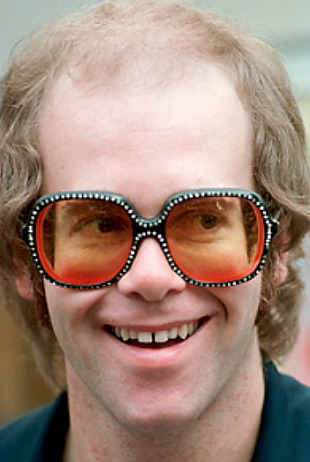Seven weeks ago I posted a recording of a chat I’d had with longtime Stanley Kubrick assistant Leon Vitali. The article (“Refreshments With Mr. Vitali“) was about Filmworker, a brilliant doc about Vitali’s life, but the first thing I asked Leon about were the differences between the forthcoming 2001: A Space Odyssey 4K Bluray and the “unrestored” Chris Nolan 70mm version that’s now playing in theatres after debuting at last month’s Cannes Film Festival.
Vitali: “I did the color timing on [the 2001: A Space Odyssey 4K Bluray], and 4K is so beautiful…the details, the shadows…looking at it on these very high resolution monitors. It looks great, everybody loves it, and I’m not blowing my own trumpet.” HE: “What would you say is the difference between the forthcoming unrestored Chris Nolan version and the spiffed-up 4K Bluray?”
Vitali: “The difference is that the 4K has more clarity and sharpness and detail.” HE: “So people seeing the Nolan version in Cannes will say, ‘This is wonderful…not as sharp or as clear as the 4K but it looks very good?’” Vitali said nothing, but nodded and chuckled.

Cover art for WHE’s 2001: A Space Odyssey 4K UHF Bluray, streeting on 10.30.
Based on this conversation I believed that the 70mm “unrestored” Nolan print (a nostalgia version based on a 70mm print that Nolan saw with his father in Leicester Square when he was 7 or 8 years old, and which I didn’t care for that much when I saw it in Cannes) and the 4K UHD Bluray would be two different entities, and that the disc would be a much sharper, richer, more elevating thing…better, truer colors…true-blue skies…Dave Bowman‘s face in super-crisp detail behind that red space-helmet visor in the French chateau finale (as opposed to the murky gray Bowman in the Nolan theatrical version). The “unrestored” 70mm was the Nolan nostalgia version but the 4K UHD would be miles above that, super-glorious and needle-sharp, an all-time keeper.
This morning, however, a press release from Warner Home Entertainment announced two things, one of them highly disturbing. It primarily stated that the 2001 4K UHD Bluray would “street” on 10.30.18, several months after the original announced date, along with a 1080p Bluray version plus a UHD streaming version. Fine. But it also seemed to suggest that the 4K disc would somehow reflect the visual values contained in the 70mm Chris Nolan version now playing in theatres. Whoa-whoa…WHAT?
From the Warner Home Entertainment release: “For the first time since the original release [of 2001 in April 1968], new 70mm prints were struck from pristine printing elements made from the original camera negative. A longtime admirer of the late American auteur, Christopher Nolan worked closely with the team at Warner Bros. Pictures throughout the mastering process.
“Building on the work done for the new 70mm prints, the 4K UHD with HDR presentation was mastered from the 65mm original camera negative. The 4K UHD also includes both a remixed and restored 5.1 DTS-HD master audio track, as well as the original 1968 6-track theatrical audio mix.”
The key words, obviously, are “building on the work done for the new [Nolan-approved] 70mm prints.” Question: If color-timer Leon Vitali told me that “the 4K has more clarity and sharpness and detail” than the 70mm Nolan version, why would the WHE people indicate that the Nolan nostalgia version and the 4K version are close relations if not more or less one and the same?
One could surmise that Vitali’s 4K version was one thing back in April, but that Nolan has recently stuck his nose into the mastering of the 4K and that things have changed for the worse. I’m not saying he has stuck his nose into the process, but the WHE press release certainly suggests this.






